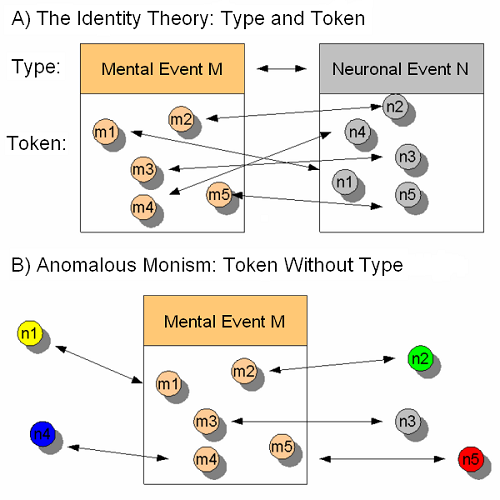 Mind reading is often linked with clairvoyants; with ‘spirits’ and connections with the afterlife. There are many people that claim to have the ability to read the minds of other people. However, social neuroscience has recently suggested that all of us have an intrinsic ability to indirectly read the mental and emotional states of others, to some extent. Mind reading as a science, is in fact much more complex than what is typically understood, and is indispensable in social interactions. The ability to ‘read the minds’ of others is defined as the ability to infer another individuals mental state by interpreting subtle social cues.
Mind reading is often linked with clairvoyants; with ‘spirits’ and connections with the afterlife. There are many people that claim to have the ability to read the minds of other people. However, social neuroscience has recently suggested that all of us have an intrinsic ability to indirectly read the mental and emotional states of others, to some extent. Mind reading as a science, is in fact much more complex than what is typically understood, and is indispensable in social interactions. The ability to ‘read the minds’ of others is defined as the ability to infer another individuals mental state by interpreting subtle social cues.
Empathy
Empathy is a key emotion, which allows us to feel the emotions of others. Empathy allows us to identify and understand how others are feeling, whilst also allowing us to understand the thoughts that might be associated with these feelings. From a cognitive behavioural perspective, our thoughts influence our emotions and behaviours; all three are interlinked. According to this theory, it can therefore be argued that the ability to empathise with an individuals’ emotions, also gives us the ability to have insight into their thoughts.
Theory of Mind and ‘Theory’ Theory
Theory of Mind (ToM) is defined as the ability to attribute mental states (i.e., beliefs, desires, intents) to oneself and others, and to understand that other people have beliefs, desires, and intensions that might differ from ones own. Theory theory describes children as social scientists, who are constantly collecting evidence from others (i.e., facial expressions/gestures), and using them to develop their everyday understanding of people. This notion goes on to suggest that children then develop theories that help them to explain and predict the mental states and behaviours of individuals they come into contact with. However, although it can be inferred that mind reading is possible with ToM, reading people’s minds by deciphering their emotions and behaviours, is arguably different to reading the thoughts of other individuals.
Simulation Theory
Simulation theory states that humans are born natural mind readers. That is, humans place themselves in another person’s ‘mental shoes,’ and use our own mind as a model for theirs, in order to predict thoughts and behaviours. Simulation theory builds on ‘theory theory’ to suggest that when we interact with someone, we do more than just observe their behaviour. Instead, we create internal representations of their behaviours, emotions, thoughts, and sensations without ourselves, as if it us in fact us that is moving, feeling, and experiencing. Scientists have suggested that it is ‘mirror neurons’ that underpin simulation theory. A mirror neuron is a neuron that fires in response to the actions we observe in others. Interestingly, mirror neurons fire in the exact same way, when we copy the actions we have seen others do. In simple terms, these neurons ‘mirror’ the behaviour of others, as though it was us ourselves engaging in the behaviour. Thus, according to simulation theory, it is possible to indirectly read the minds of others by using others as a model for our own behaviour.
Conclusion
Is it possible to read the minds of others? The short answer is no. Although humans can indirectly understand and empathise with the emotions of others, this only gives us a rough idea of what thoughts might be associated with these emotions, not a direct insight into their detailed thoughts. Furthermore, although we are born with the intrinsic ability to model the behaviour of others, we cannot directly and confidently read the thoughts associated with these behaviours; we can only postulate or guess what these might be. Future research might be able to suggest otherwise. However based on current literature, the ability to directly read the thoughts of others, does not exist.












Leave a Reply